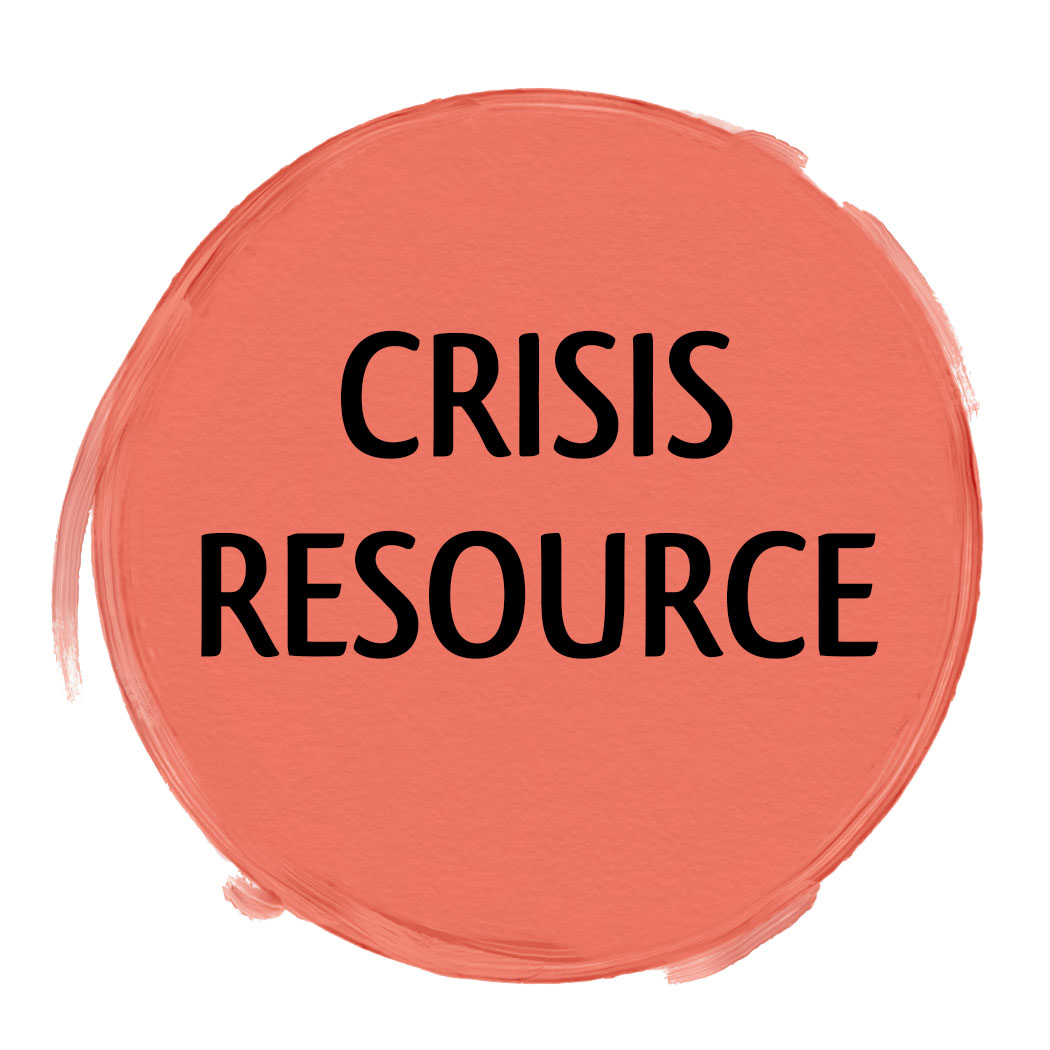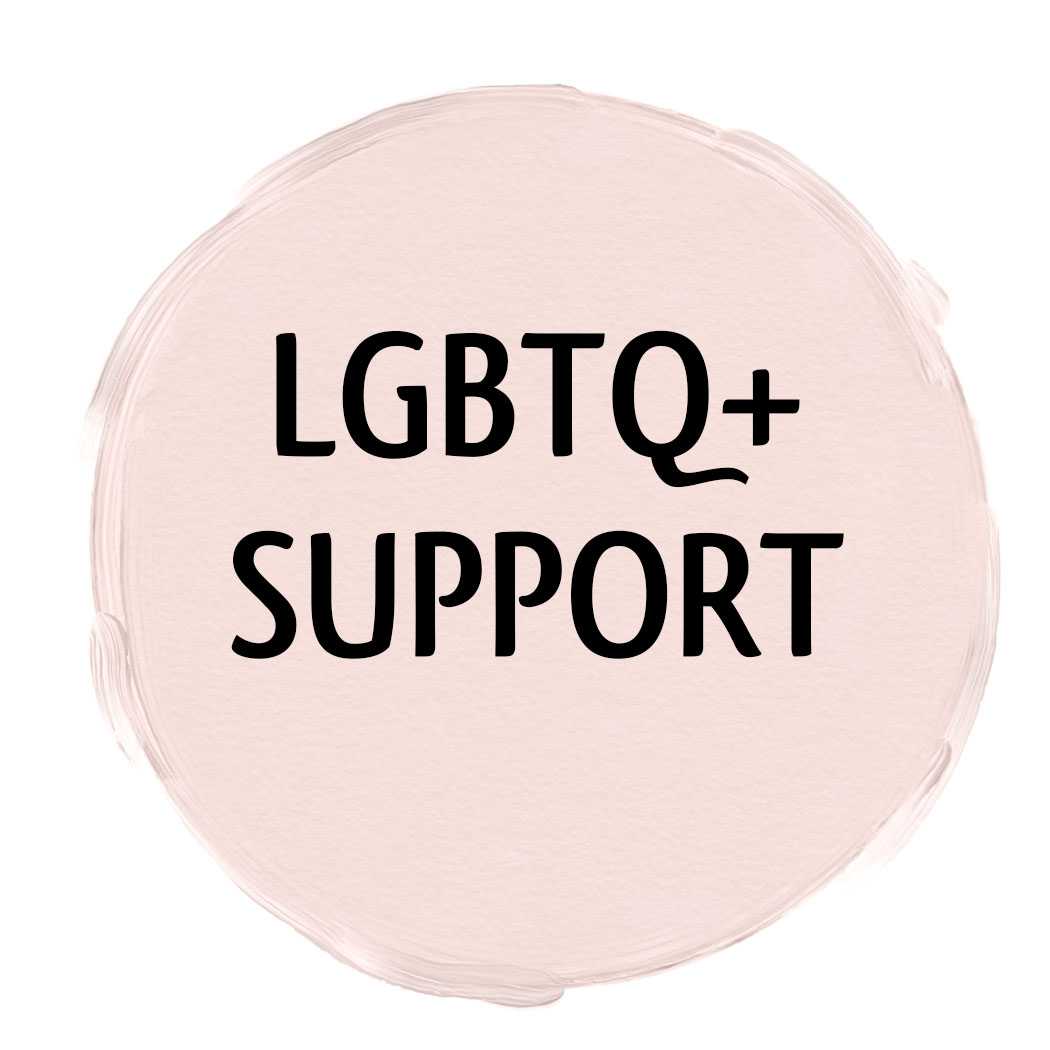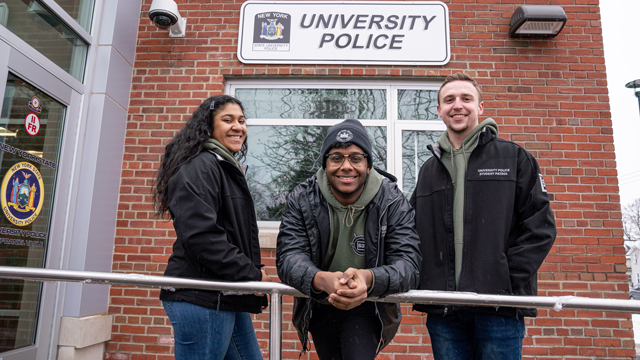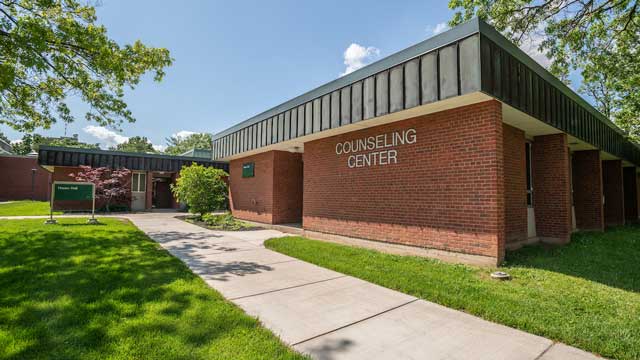Sexual assault
Sexual assault can take many different forms, but one thing remains the same: it’s never the victim’s fault. Sexual assault refers to sexual contact or behavior that occurs without explicit (affirmative) consent of the victim. Some forms of sexual assault include: attempted rape, fondling or unwanted sexual touching, forcing a victim to perform sexual acts, such as oral sex, and penetration, no matter how slight, of the vagina or anus with any body part or object, or oral penetration by a sex organ of another person, without the consent of the victim. Force doesn’t always refer to physical pressure. Perpetrators may use emotional coercion, psychological force, or intimidation or manipulation to coerce a victim into non-consensual sex. The majority of perpetrators are someone known to the victim. Approximately eight out of 10 sexual assaults are committed by someone known to the victim, such as in the case of intimate partner sexual violence or acquaintance rape. Affirmative consent is a knowing, voluntary, and mutual decision among all participants to engage in sexual activity. Consent may be given by words or actions, as long as those words or actions create clear permission regarding willingness to engage in the sexual activity. Consent is active, not passive, silence or lack of resistance, in and of itself, does not demonstrate consent (Code of Student Conduct). Concerns may include: having been sexually assaulted recently or in the past and want to know your options, want to report a sexual assault recently or in the past, want to talk to someone about your recent or past sexual assault, questions about a recent or past sexual assault.











